





































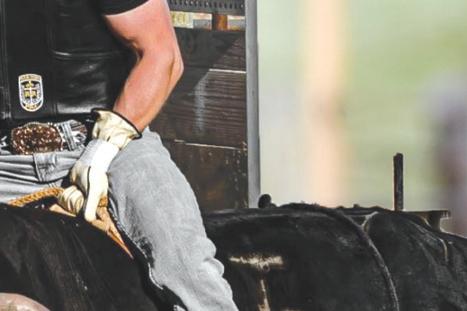
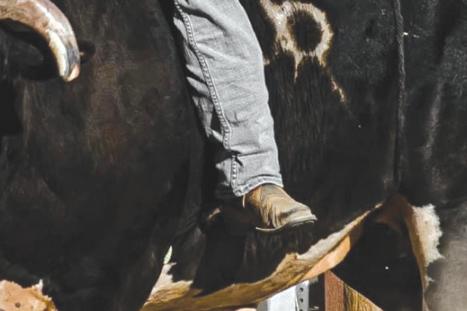
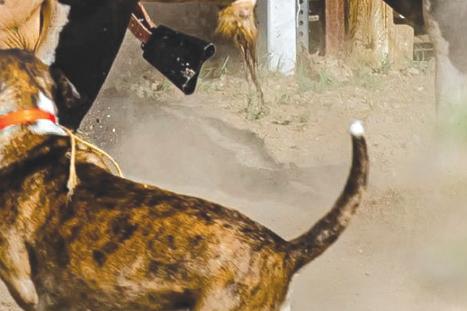

BY AMY KYLLO | STAFF WRITER
PINE ISLAND — The Walters are creating space for aspiring bull riders to more safely learn the sport.
“Growing up, I’d have loved a place that I could go, like what we’re trying to do, to go out and learn,” said Joshua Walters. “When (we) get some kids out there that have never seen it or been around it, they light up and just have a good time. ... That’s kind of what it’s about.”
Joshua and his wife, Hannah, started the Back 40 Arena near Pine Island, where they informally help bull riders.
Though they welcome everyone, Hannah said

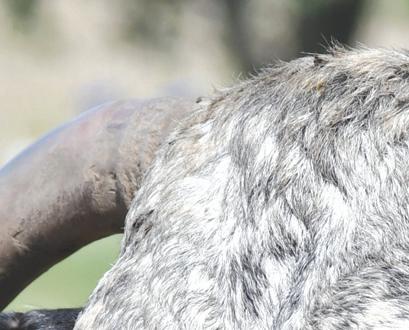



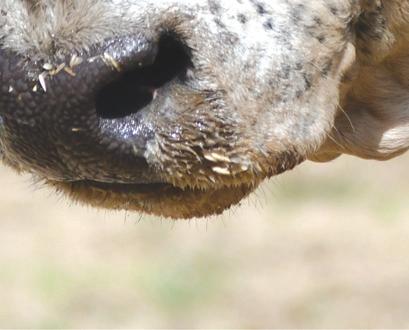
their focus is new riders and riders coming back from an injury.
“He really wanted a place that beginners could come and focus on their skills and their proper technique (and) proper safety,” Hannah said.
Joshua was a bull rider on the circuit from 2016 into the beginning of 2019, doing 20-30 rodeos a year.
In their years of bucking bulls at their arena, they have never had a bull-related injury.
“All the bulls we have now are handpicked to be docile on the ground, and also when the riders come off,” Hannah said.
The Walters have four bucking bulls: Superstar, Tim, Steve and Muley. Each bull has a different level


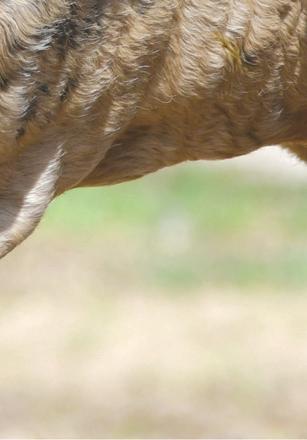



of difficulty for riders. Superstar is the bull for beginners while Muley has never been ridden for 8 seconds on their property.
“Having them be docile really lessens (the risk),” Hannah said. “They can focus on their technique, instead of having to worry about (getting seriously injured).”
Superstar, she said,is bad at bucking, but friendly with riders when they fall off in front of him.
“He bops them on the back of the helmet with his mouth and then just backs up and walks away,” Hannah said.
Muley, who is their best bull, enjoys bucking.
“If the rider stays on for more than 4 seconds …he will run to the gate kick-




ing up dirt, bellowing to high heaven,” she said.
The Walters’ rodeo journey and love story started in 2016.
Joshua saw bull riding on TV and was interested in it, but his parents did not allow him to do it until he turned 18. When he came of age, Joshua found two bull riding clinics.











































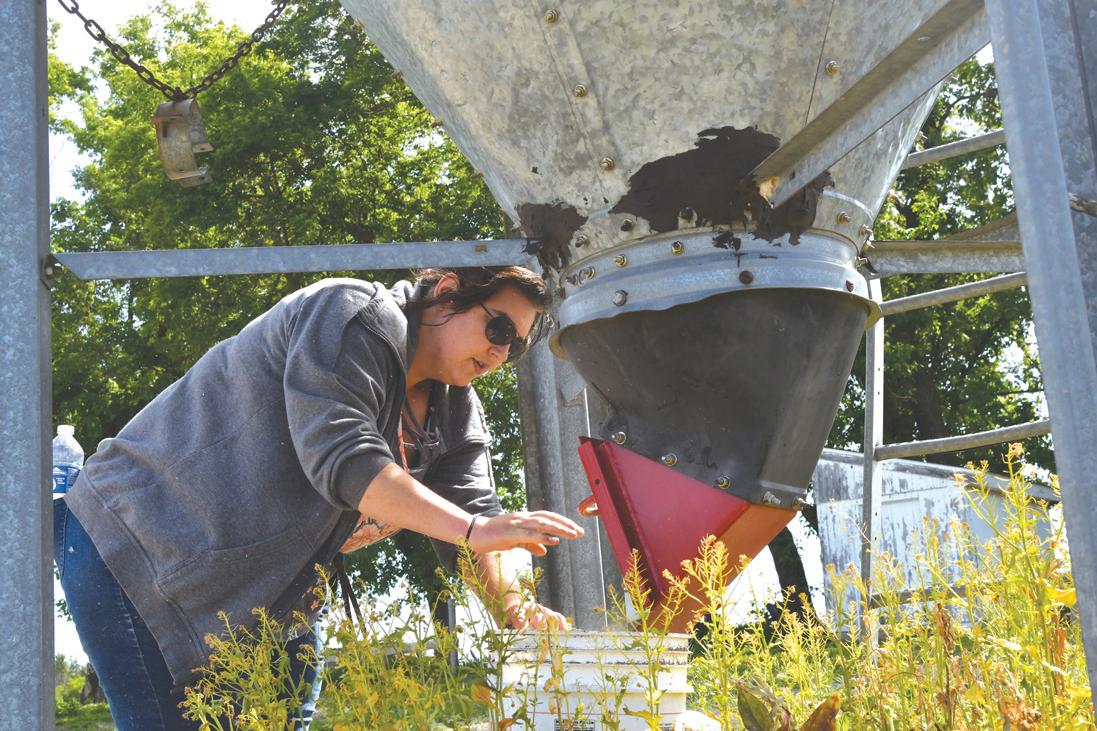
“The biggest thing that I had going for me is that I ... tried a lot ... giving it 100%,” Joshua said. “(Versus) not just giving up, (and) falling off the bull.”
In February 2019, Joshua was one of 40 riders and 40 bulls to be flown to Saudi Arabia to display the sport there. During the COVID pandemic, the two built the arena with plans to become bull contractors after Joshua quit riding.
During the warm months, the Walters regularly have practice pens where they have a few friends come out and buck bulls.
“It’s a lot of fun to see when you get people out there that generally want to know more about it, ... whether they’re riding or just learning what goes on behind the scenes,” Joshua said.
This year, they are working on again updating and redoing their arena system. Once complete, Hannah said they hope to get back to bucking bulls once a week.
Each bull is bucked twice during a practice pen. The Walters video each ride so the rider can improve. Hannah said they will not put a rider on a bull they are not ready for.
“Sometimes, we’ll bump them down to Superstar or a lower-caliber
from page 2
bull so they can really, really focus on what they need to work on,” she said.
Joshua said the mental aspect of bull riding is one of the biggest parts.
“There’s a lot of people out there that make it overly complicated and try and add in all kinds of unnecessary stuff,” Joshua said. “Especially for beginners trying to get started, it doesn’t set them up for success, because (they are) worried about too many different things.”
Hannah admits their bulls are not the highest quality.
“We want them to be good enough for the riders, but we don’t really care how they perform,” Hannah said. “We are more worried about, ‘Hey, we’re going to pair this rider with this bull, because that’s kind of his level.’”
Hannah said this is a difference from some other places where riders can ride bulls.
“They’re throwing the riders on their youngstock to see what that stock will do ... it’s not really for your practice,” Hannah said.
The Walters are becoming a limited liability company. At the end of this year or into next year, they hope to bring in bull contractors and have bull riding with jackpots.
































































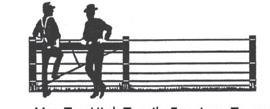
One afternoon several weeks ago, I was working on my laptop and indulging my senses as the warm smell of rain came through the window. Raindrops pattered on the driveway and the cars on the road buzzed past, their passage made louder by the wet pavement. A rumble of thunder completed the cozy moment.


It got me thinking about how I have always enjoyed rainy days. The smells, the sounds, the coziness – it’s an irresistible package. In the back of my mind, rainy days mean I might have the day off, though those days are done and gone.
Growing up, summers were often overwhelmingly busy with farmwork. Work extended from morning to sometimes late at night, especially if we were putting up hay.
The beauty of a rainy day was that we had the afternoon off. An extra-long nap, working on a fun project or indulging for several hours in a book was an unexpected luxury. They were neither scheduled nor anticipated, so the time off felt like a treat.
Another thing I liked about rainy days was the feeling of being alone in the enjoyment of them. Everyone else in the world missed the beauty of the moment as they buzzed past in their cars or dashed from their houses to the garage to stay dry, but I was really present in those days. The majority of my calf chores were fully outside, so rain meant I was often damp or even soaked. But watching the mist rise through the lush green trees in the hills about our river was a moment sacredly mine as I fed calves in a T-shirt and jeans that clung soggily to my frame.
After I had sloshed my way through my chores, the feeling of going in the house and getting into dry clothes was heavenly.
Because cows and calves wait for no man or storm, my family all became used to being outside during storms. I was taught how to count the seconds between the lightning and the thunder to gauge how far away the lightning was. If it was too close, we would stay inside. I remember at least one bad storm when



Mom had us crouch under the cement deck in our milking pit during a storm. However, for the most part, the storms weren’t dangerous, and I developed a rather impertinent lack of fear.
During part of college, I lived in the Twin Cities with a friend, and my attitude towards storms was a slight point of contention. My overly cavalier attitude butted against her more cautious one, though a middle ground of vigilance was probably what was required.
A month ago, when southeast Minnesota experienced extreme weather – including tornadoes – I was in the midst of my workday when the tornado sirens began sounding. I was unsure of exactly what to do and really did not want to go to my spidery, classically unfinished basement, with its “mice: wanted dead or alive” posters. (OK, that last part is a fib.) I decided to sit, feeling scared, in the edge my closet as the rain beat against the windows, adding to the fearful chaoticness of the continuously blaring siren. After the rain stilled somewhat and the siren shut off, I went back to my desk and continued with my day. I was on the phone with a coworker when the tornado siren began sounding a second time. My coworker, being older and wiser than me, heard the siren in the background and kindly, but firmly, encouraged me in her best mother hen manner to go down to the basement.
For all my drama, the basement wasn’t bad. I sat in my lawn chair with my cell phone, flashlight and laptop and finished writing a story for Country Acres South. The beauty of the writing portion of my job is that I really can work from anywhere, not-so-scary basements included.
I found out the next morning that a large tree had gone down on a shed on the block kitty-corner to my apartment. I live on a long block, but it did remind me of the seriousness of it all. Whether it was caused by straight-line winds or a tornado, I was thankful to be safe and to have a coworker who cared enough to make sure I wasn’t stupid twice in one day.
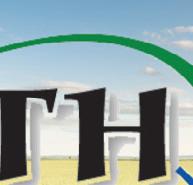










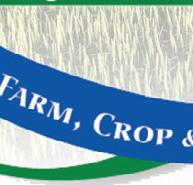













BY SARAH COLBURN | STAFF WRITER
KELLOGG - Gorman Creek weaves back and forth through the pasture land of Dan and Karen Miller’s dairy farm. Trout dart in and out of the shade of rocks and the watercress that overhangs the stream’s edge.
For the Millers, it’s a place of restoration both literally and figuratively. The waterway was restored with the help of the Minnesota Department of Natural Resources, the Wabasha Soil and Water Conservation District, the Southeast Technical Service Area #7 and Trout Unlimited.
It’s also a place that brings solace. The project is dedicated to the couple’s 16-year-old son, Aidan, who died of an unknown heart condition five years ago. He was out fishing with friends the day he collapsed.
At the stream dedication June 15, organizers unveiled a plaque with Aidan’s story and photo.
“I feel like he’s there to greet everybody, and I just feel like even though he’s gone, people will still get a chance to meet him and know what kind of a kid he was,” Karen Miller said. “There’s no better place to get to know Aidan, in that beautiful space, surrounded by nature … the birds singing, everything is just so peaceful.”
Pete Fryer, an agricultural engineer working on the project, thought it fitting to dedicate the restoration project in Aidan’s honor. He gathered funds from friends and colleagues for a memorial plaque at the site, and it
was the heart of the unveiling of the newly-restored creek.
Prior to the renovation, the stream was a straight line through the property.
Fryer, who works throughout the 11-county area, said it’s common for landowners of the past to straighten streams in an attempt to divert water off the agricultural land.
“They basically cut a channel that straight-lines it,” he said. “A lot of people believe if they cut a ditch, straighten it, excavate it out, the water will quickly leave their property and move on down.”
Over time, he said, the straightening of natural streams has its impacts and that, combined with residential and commercial growth, can lead to flooding in the region. It also reduces the habitat for fish and wildlife and impacts water quality, Fryer said.
He referenced photos from the early 1930s, and other reference streams, to determine what the stream looked like in its original form. He, and other team members, put together an engineering plan and they bid out the project. The bid-awarded contractor removed 20,000 yards of soil from the project area during the winter months, while it was still frozen.
“It was critical to remove it before the soils warmed,” Fryer said.
Once the floodplain soil was removed, that same contractor used GPS-guided equipment to dig out the meandering stream bed.
6
a Rosary June 19 at her son, Aidan Miller’s gravesite, near Kellogg. Aidan first learned to make Rosaries at camp and Karen wanted to pass along the tradition, sharing them with local church congregations.
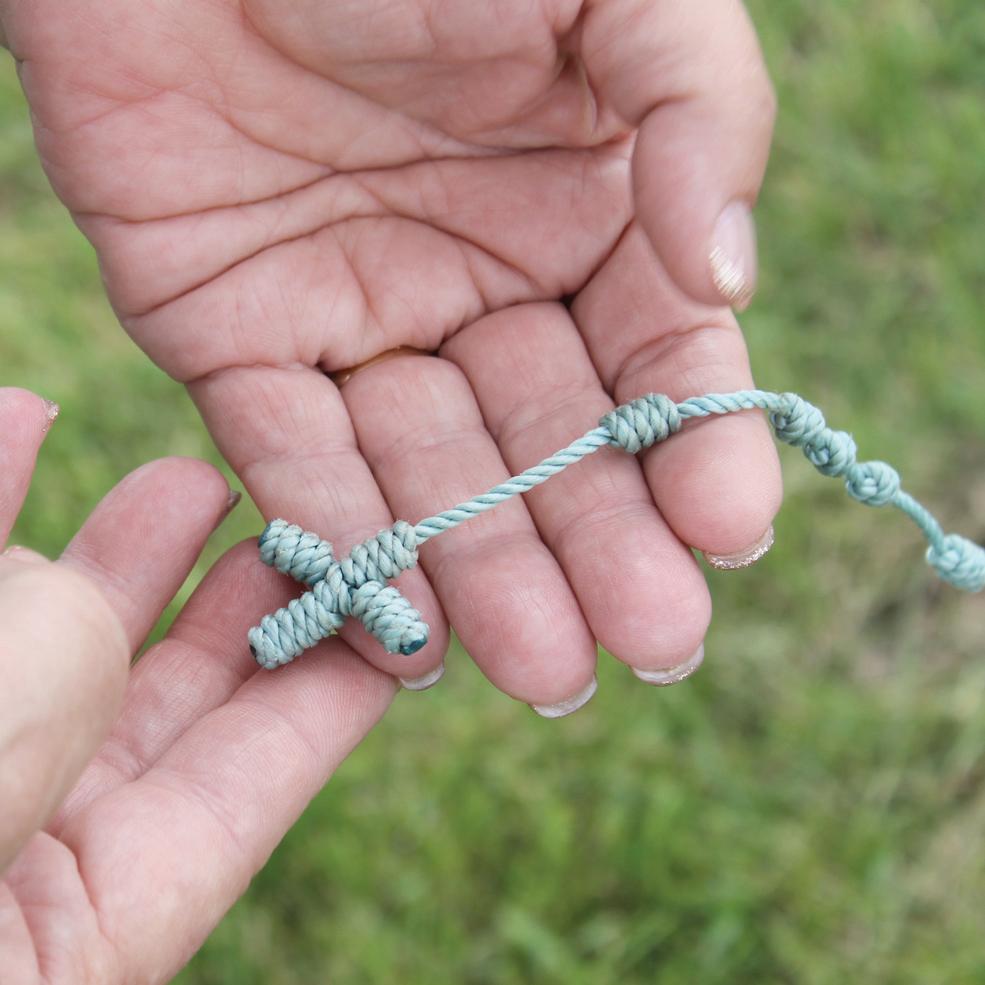

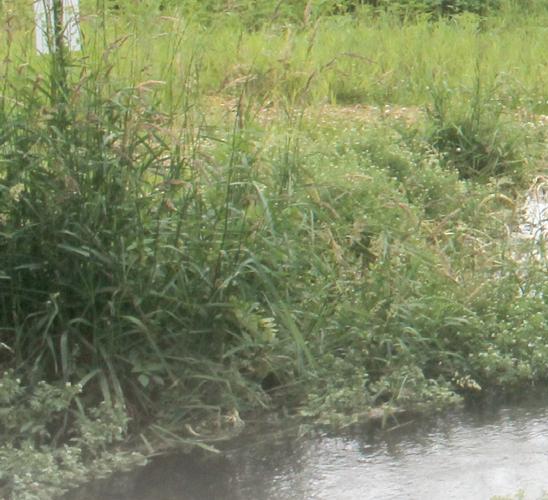
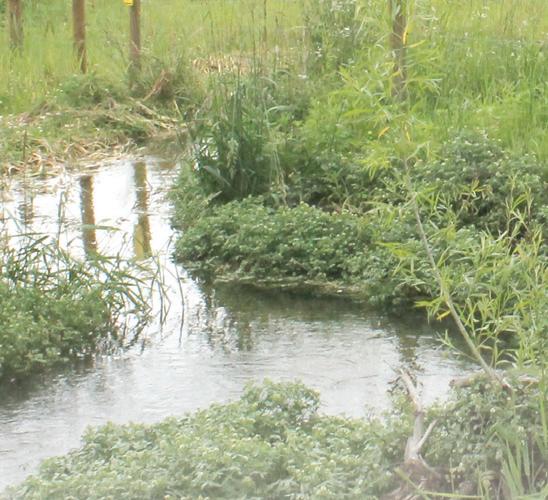

Miller from page 5
“It’s very sinuous, it weaves back and forth,” Fryer said. “We would have spent a ton of hours staking it.”
The equipment, he said, saved a lot of time and allowed the contractor to input Fryer’s exact plan for the land.
The creek now includes cover rocks, log root wads, pools and spawn bed locations. Native plantings in the area contribute to the health of the waterway.
“(It’s a) good habitat for fish and bugs; they can cling to that material and hide underneath it,” Fryer said.
The $580,000 project was paid for with funds from the Legislative-Citizen Commission on Minnesota Resources, which makes funding recommendations to the legislature for environmental and natural resource projects.
The restoration, Fryer said, doubled the length of the previous ditch that had been cut
through the land and life in the water began to flourish.
“It was really cool to see,” Fryer said. “Before the tour, I was walking the creek and there were two baby fish an inch long … it was trout for sure. The aquatic life and bugs, I immediately saw caddisfly larvae in the bottom crawling around. I couldn’t believe how quickly it established; it was crazy.”
Fryer said he considers this project to be a true restoration and credits Dan Miller with having the foresight to allow the project to move forward properly on his farmland.
“He was willing to give up the land necessary to do what we needed to do to bring the project back to its historical look and profile,” Fryer said. “The sinuosity, the slope, the cross section, try to bring it back to historical characteristics.”
A lot of times, Fryer said, landowners aren’t willing to give up enough of the property around the waterway to
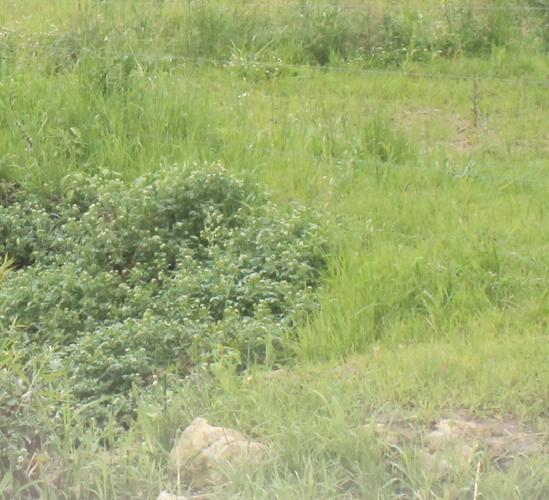




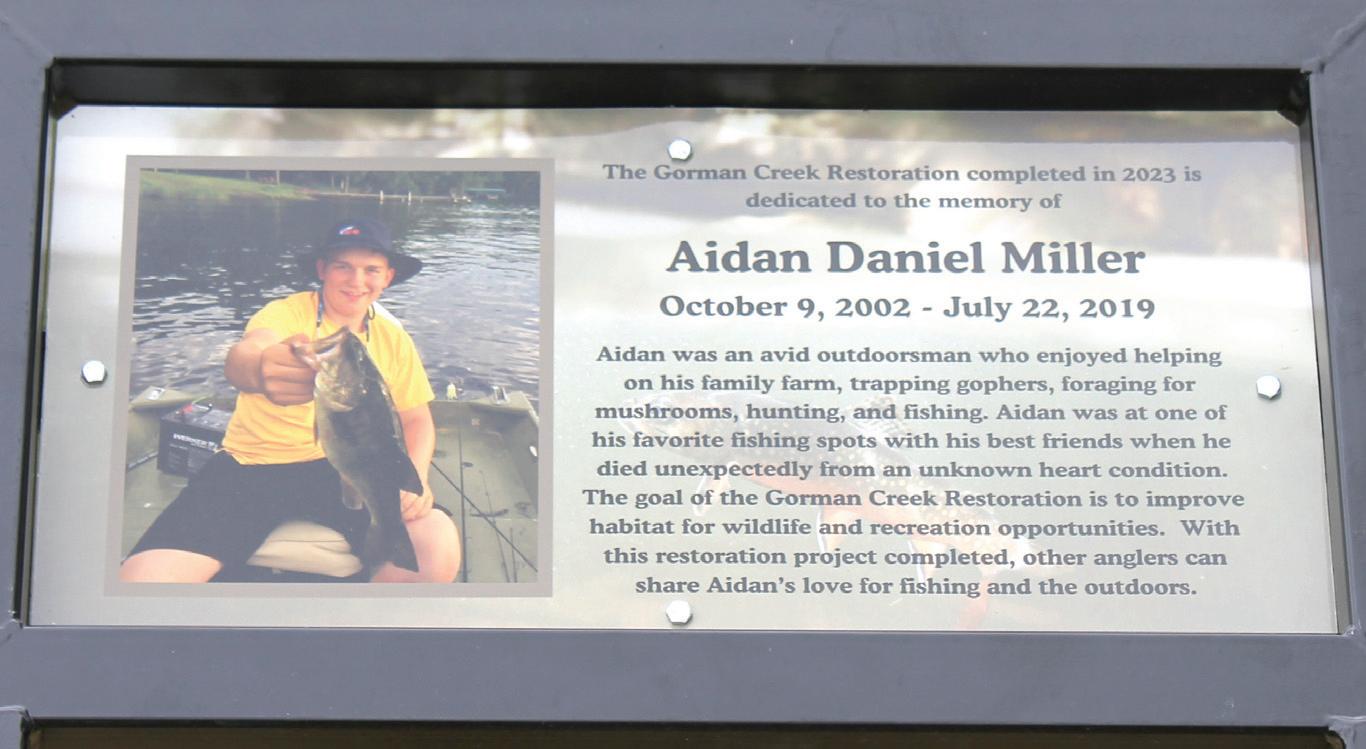

restore it to its original state.
Gorman Creek runs through a section of the Millers’ land where Dan pastures his cows. He has 135 acres and his family has been farming the land since his dad purchased it in 1960. He bought the acreage with the creek on it from an uncle back in 2010.
Dan milks around 80 cows and said he has committed to keeping his cattle off the creek restoration land for three years, until the vegetation is established. Then,
he’ll return cattle to the land, letting them graze and controlling their access with a fence. The project, Dan said, includes cattle crossings through the creek, making it safer for his animals to access both sides of the property. Over the years, he said, he lost a cow and a calf to the waterway.



Overall, Dan said he’s happy with the restoration and now, there’s public access to the creek.

“I was a little hesitant at first,” he said “But I knew it would enhance the trout habitat and I like to see people fishing. It doesn’t bother me to give up access to the land to fish.”






Fryer said restoration projects like these not only allow for more fishable streams and improved habitats for snakes, turtles and even swans, but beauty and solitude for people to enjoy.
“We’re not only addressing the stream itself, but upstream areas should be (improved) as well,” Fryer said. “Water quality and the overall impact to the environment is going to be helpful.”

For the Millers, the project is a way to honor Aidan, who loved to fish and spend his time outdoors hunting, gopher trapping, searching for morel mushrooms and tapping trees for maple syrup. When Aidan wasn’t working in the barn, milking cows or bottle-feeding a calf, as he did the morning of the day he died, he was sharing his energy. He was known for unabashedly bursting into a rendition of a country song for no reason at all – Old Dominion, Luke Combs and Riley Green were his favorites. Fol-
lowing his death, other students and his friends messaged his phone saying what a light he was in the world and how he always made time for people and made them feel better even on their hard days.
For the Millers, the public signage is a way for him to continue a legacy of welcoming others.
“Anytime we have those opportunities for people to learn about Aidan, it’s such a gift to us,” she said. “As a parent who’s lost a child, that’s probably the biggest fear is they’ll just be forgotten. I know I’m not going to let that happen.”




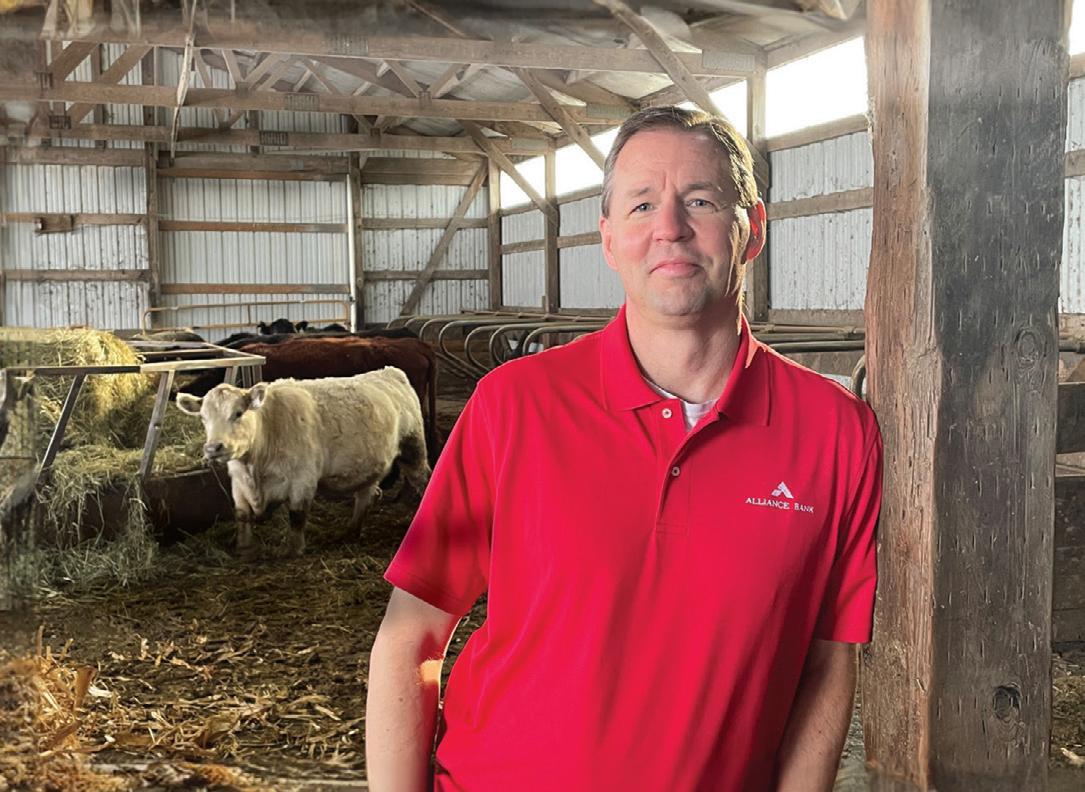


Gopher Count began in 1874 outside Viola.
After the first year, the event moved to the town hall which, at the time, was located on the corner of Viola Road and Wabasha County 42. In 1897, the event moved to Viola proper.
In the early years, the area men were split into two teams pitted against each other to trap the most gophers throughout the




from page 8
year. The losing team put on Gopher Count. “It struck me how fast it grew and how steady,” Nicklay said. “(It) never let up from year one. It became a destination within years.”
People from as far away as Rochester would ride out in their buggies, while the nearby towns of Eyota, El-
gin and Plainview, could ride in on the local train.
Now, 150 years later, volunteers like Shea carry on the event.
“The big incentive is just keeping it going for my kids and my relatives,” Shea said. “Seeing people come every year and have so much fun and they’re seeing old friends and family they haven’t seen in a long time ... that is what makes it worth it.”


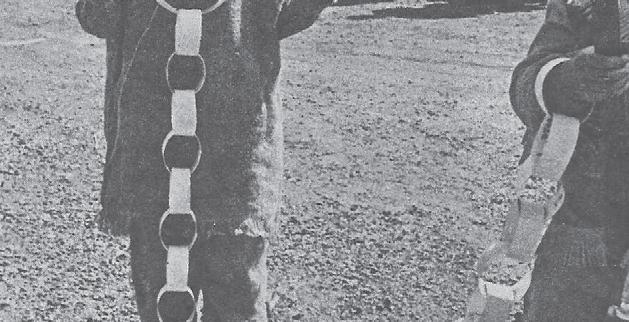


participant in the






at a past Viola


in Viola. The parade has been part of Viola Gopher Count since before the 1990s.

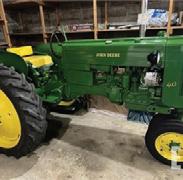
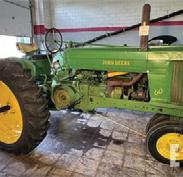

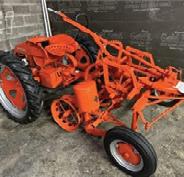
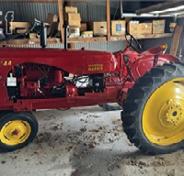



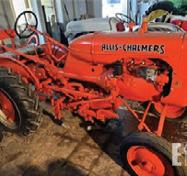


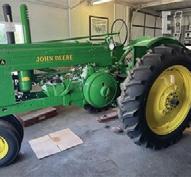


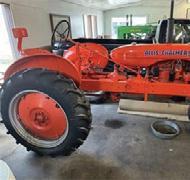




































PHOTO
A true white grub, Phyllophagous species. This young June bug eats grass roots until the roots are no longer attached to the soil.






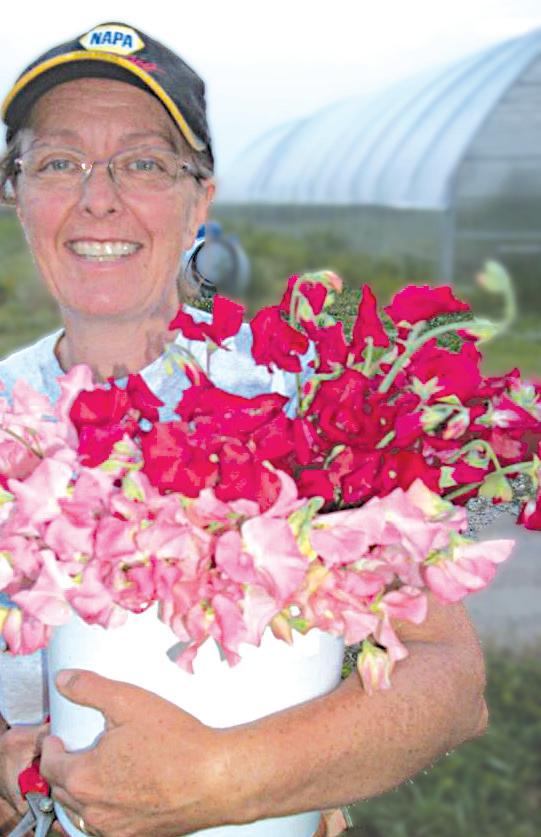
BY SARA EISINGER | STAFF WRITER
When leaves spot, fruit rots and branches wilt this summer, University of Minnesota Extension educators are available to help diagnose, research and educate concerned growers.
Robin Trott serves as an extension educator of horticulture in Douglas County who has a Master of Education
in Natural Science and Environmental Education.
“My life’s experience is growing things,” Trott said. “I have been doing this for 15 years. I help people in the county learn the best practices for growing things. I identify what is causing problems.”
Trott page 11



Trott said gardeners are frustrated this year and the office has been fielding more questions.
According to Trott, moist, hot summers are prime time for the Erwinia amylovora bacteria-causing fire blight attacking apple, crabapple and mountain ash trees.
“The disease kills the blossoms on trees,” Trott said. “It affects new shoots and causes dieback. Severe infections can kill the tree.”
Apple, crabapple and mountain ash trees can be impacted and fire blight could flare as weather conditions heat up and storms brew. Some growers are already on the lookout.
“It’s called fire blight because it looks like the tips of the branches are scorched,” Trott said.
Think of a wooden match.
“If a match burns out, its tip curls over,” she said. “That is what you look for at the end of a branch. The tip will curl over, like a shepherd’s hook. Branches will also be brown or black. It looks like someone set the tree on fire and blew it out.”
There is more to look for, too.
“Blossoms can be black and droopy,” Trott added. “Leaves get crispy. They brown and hang down. You could see a scab forming on the bark; it will ooze. It looks like an infected scab. It is darker in color and sunken in.”
Fire blight can be difficult to treat.
“The bacteria causing blight thrives
in temperatures above 70 degrees,” Trott said. “Typically, we would start looking for it mid-June into July. These outbreaks often happen after severe weather such as hail, strong winds and heavy rain that break branches on trees and open wounds. The bacteria is out there.”
Trott referenced a local winery from about 15 years back.
“They had fire blight,” she said. “It was the perfect storm. Fire blight spread through their apple trees. Their trees died. They had to replant a lot of beautiful apple trees that didn’t do well. It affected over 8,000 trees.”
The good news is there are several varieties of fire-blight-resistant fruit and apple trees to grow.
“Many desired fruit and apple trees do not have this resistance bred into them,” Trott said.
However, having resistance does not mean they will not contract blight.
“If you get a flu shot, you could still get the flu, just not as severe,” Trott said. “Resistant trees can still get fire blight, but it probably won’t kill them. Zestar and Honeycrisp apples are a favorite and people love to grow them. They have some resistance but are not super resistant. The most resistant apple trees you can grow are Haralson apples. It is a tart, crispy apple that people love to bake with and eat fresh.”
No matter the variety of apple, crabapple or mountain ash tree grown, Trott recommends pruning infected branches when Erwinia amylovora bacteria is dormant in winter.
“You can’t do anything during the growing season,” she said. “If you prune during the warm months, you open wounds on trees. An open wound can cause infection.”
Trott advises readers to apply copper-based pesticides or tree antibiotics if symptoms persist after pruning.
“This can be done during the growing season,” she said.
Trott page 12
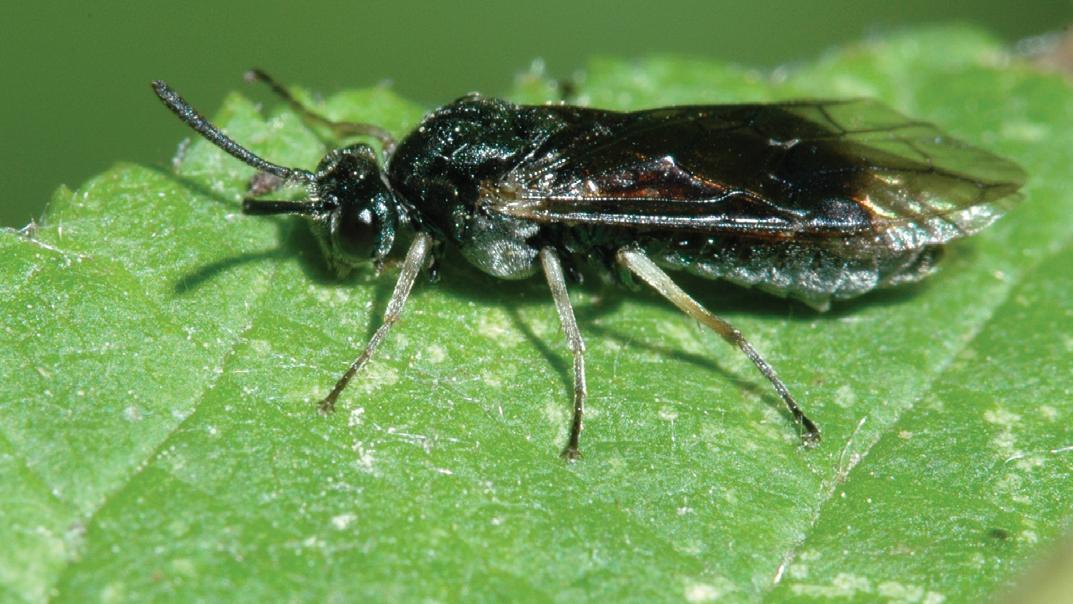











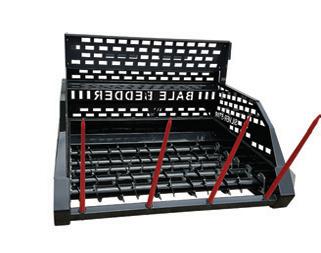























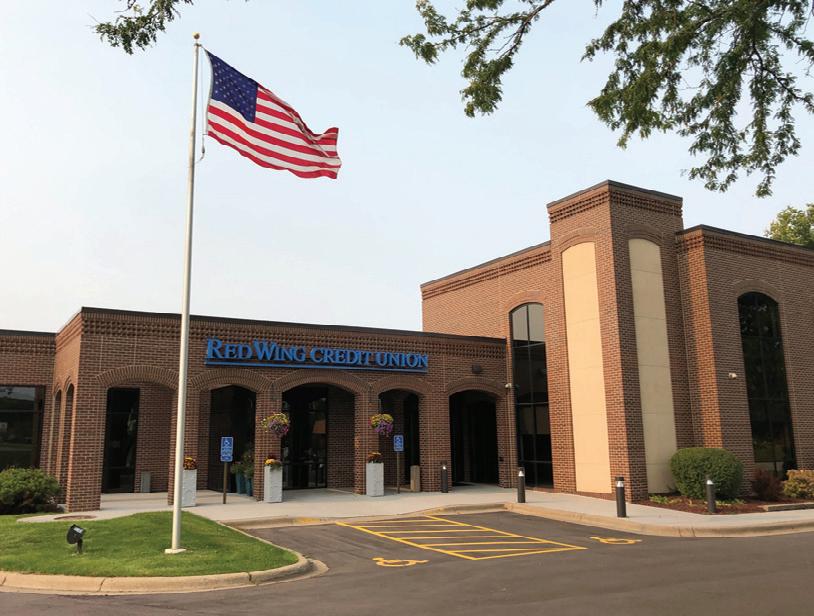





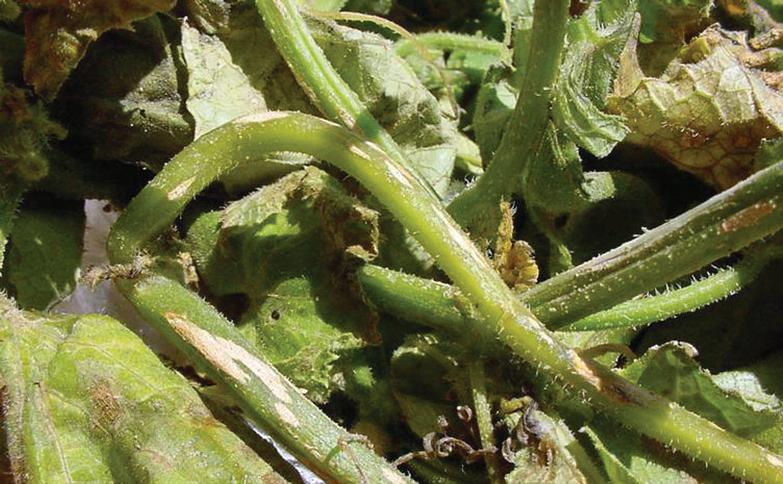















137 North 4th Street P.O. Box 546
Cannon Falls, MN 55009-0372
OFFICE HOURS:
Monday-Thursday | 8 am - 5 pm Friday | 8 am - 4 pm









CZJuly6-1B-BL

























MONDAY
8:00 am Overnight market cows/bulls 10:00 am Fed cattle, followed by day-delivered market cows & bulls
1:00 pm Dairy cattle, stock cows & breeding bulls followed by feeder cattle
4:00 pm Baby calves, arena 2
TUESDAY
8:00 am Sheep and goats
11:00 am Feeder pigs
WEDNESDAY
10:00 am Hog/Sow/Boar Auction 2:00 pm Fed cattle, followed by market cows and bulls
THURSDAY
10:00 am Special feeder cattle auctions, September - April
FRIDAY
Closed Office open 8:00 am – Noon
Sunday Noon – 10pm
Monday 6am – 10pm
Tuesday 6am – 10pm
Wednesday 6am – 4pm
(Open until 10pm, preceding special Thursday sales ONLY)
Thursday 6am – 4pm
Friday 6am – Noon
Saturday By Appointment





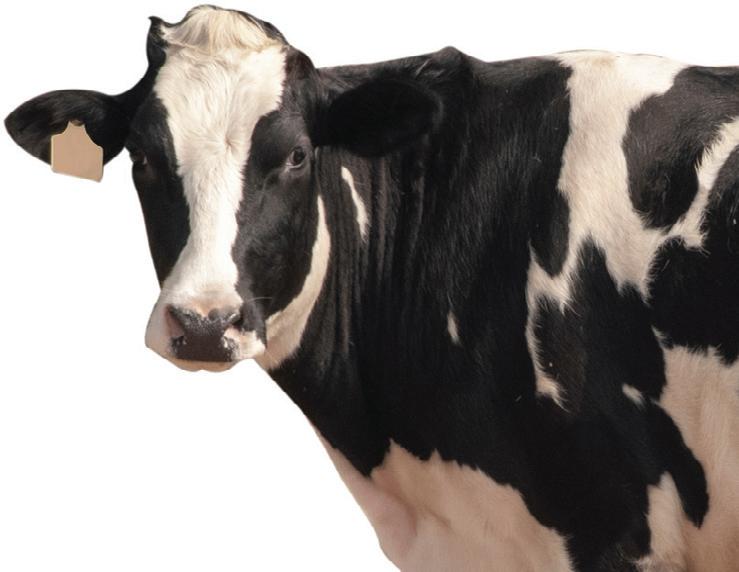





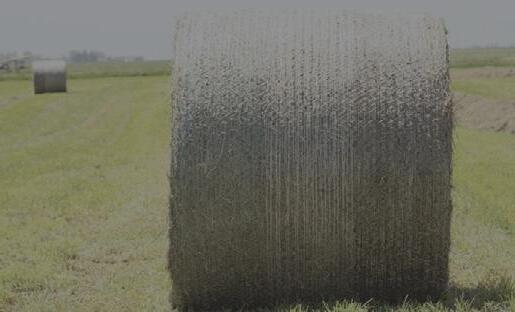



































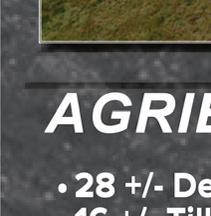


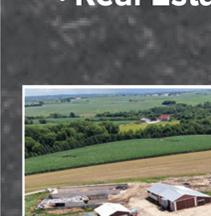








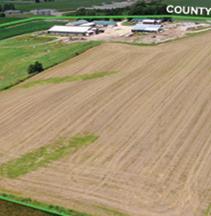




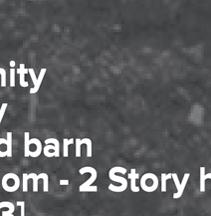



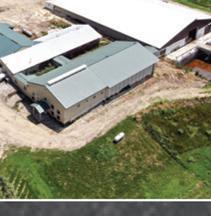



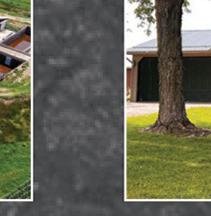




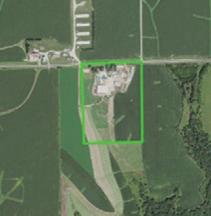




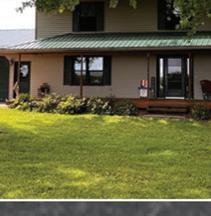












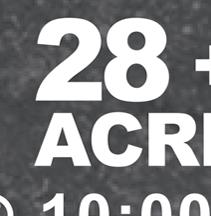




































PHOTOS SUBMITTED
Brian Boettcher sprays the corn June 26 near Wykoff. With the wet weather, farmers have struggled to get in the field in a timely manner to get their crops planted, sprayed or harvested.
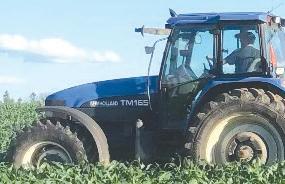

from page 14
“We really flipped the switch from a drought situation to a flood,” Boulay said. “It really began in late March and continued into April, May and now June. It’s too much of a good thing for farmers.”
In 2019, Minnesota reached a new high for rainfall
recorded for the state. Following a time when, in 2020, the state started to dry out and continued throughout the last couple years, creating a drought ranging from abnormally dry to severe in some areas.
“A lot of people didn’t notice (the drought the first year) much,
because we were still drawing on that water we accumulated in 2019,” Boulay said. “However, 2021-23 had their episode of drought and now we are completely drought free”
Boettcher page 17




























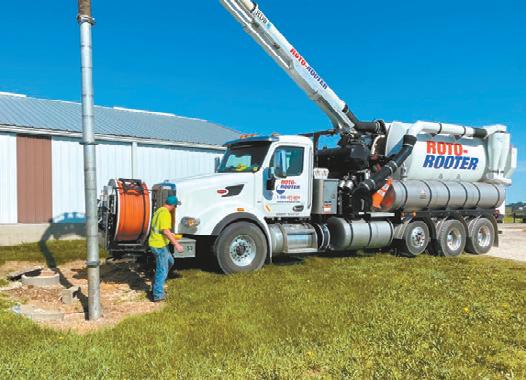



Boulay said Minnesota has a pattern involving droughts and heavy rain.
“(Minnesota) has a tendency to break droughts in style,” Boulay said. “Having a real heavy rain episode or a series of months is very common in Minnesota following a drought. In fact, if you look back in history, all our big droughts were followed by some kind of heavy rain period.”
The pattern, he said, held true in the droughts that include those in 1986, 1989, 2011 and 2013.
With the wet conditions, Coulter said farmers had to utilize the few days they had to get their crops in.
“Most of the corn was planted at a reasonable time but, with ponding and crusting, it had some stress put on it,” Coulter said. “A lot of the crusting occurred in April and May, making it difficult for young plants to get through the surface.”
Around Waseca, some farmers only had about 10 days to get fields in between the months of May and June. In addition to the physical challenges created by the rain, the moisture is also causing a few problems with the nutrients available for the crops.
“A lot of the corn is showing a nitrogen deficiency,” Coulter said. “A lot of the nitrogen that was put onto the fields was washed off.”
From April 1 to June 26, the Rochester area received just under 17 inches of rainfall, which is about 4.5 inches above normal and puts the year at the fifth wettest on record for the area.
Boettcher said he knows all too well.
“I saw some people on June 25 trying to start first cutting hay and the ruts they are leaving in the field are insane,” Boettcher said. “We thought we’d have (our hay) done in 10 days and here we are a month later and still not done.”
The weather, Coulter said, plays a big role in crop production for the season.
“A good portion of fields are lost from ponding (in areas) which doesn’t help the yield,” Coulter said. “There is potential for an average year if the weather works out, but what happens in the first part of the
fields as he sprayed June 25 near Wykoff. From April 1 to June 26, the Rochester area received close to 17 inches of rain.

year is pretty important to how good of a year someone will have.”
Looking at the current weather patterns now and in the future, Boulay said July is expected to have close to normal temperatures.
“The outlook for July is still above normal precipitation,” Boulay said. “For right now, some farmers will have a break from the weather since the focal point shifted back south. This pushed the wet sticky air south which is needed for rain.”
The focal point is where the cold and warm fronts are meeting and causing the storms to form.
“We are right on the dividing line,” Boulay said.
A washout was formed through a corn field in June due to excessive amounts of rain near Wykoff. Farmers have been dealing with wet fields most of the spring.
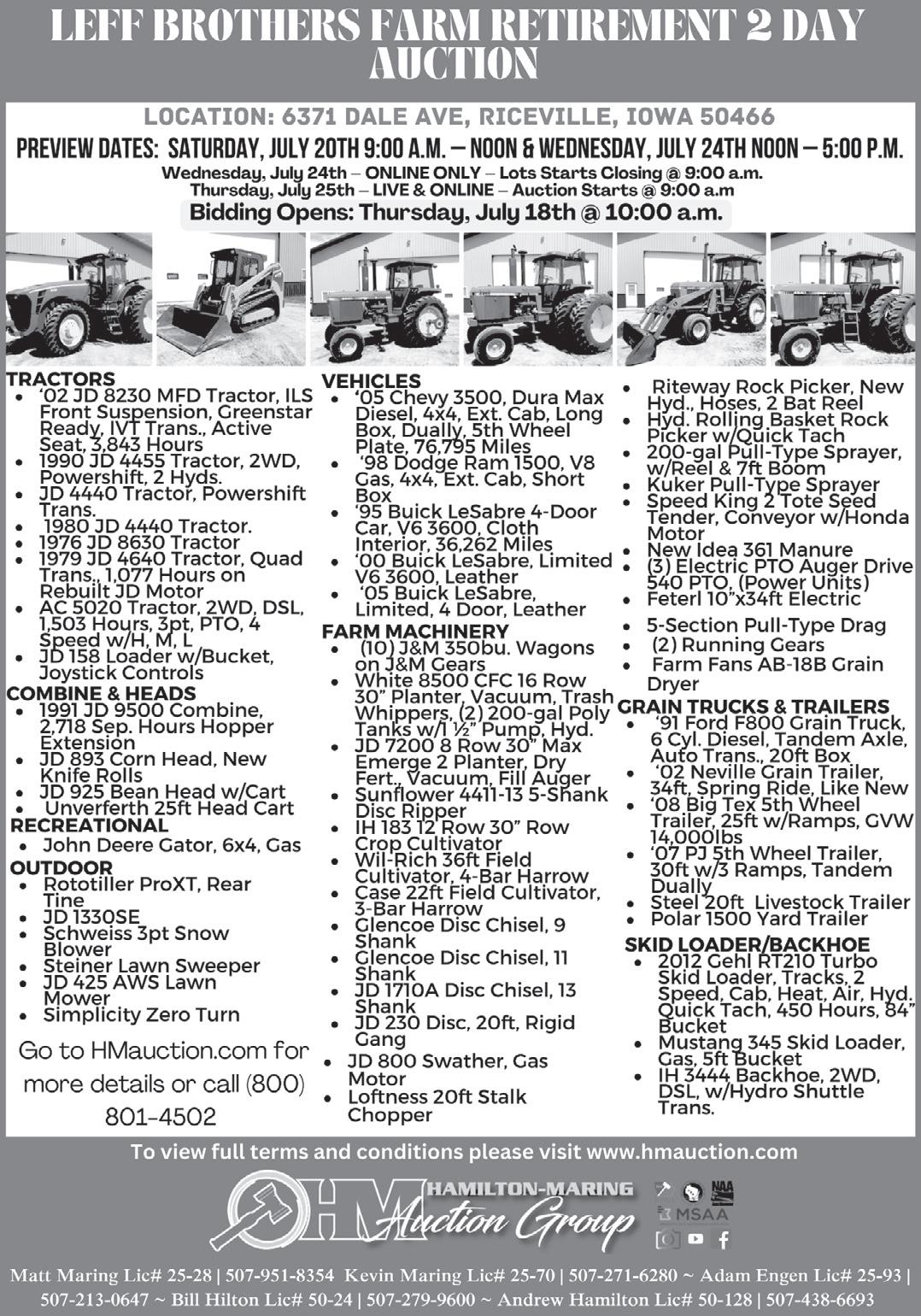
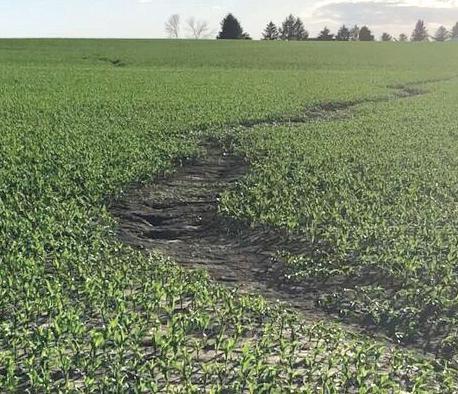



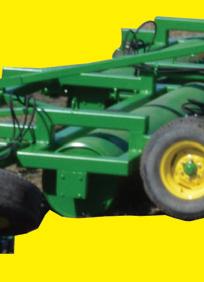

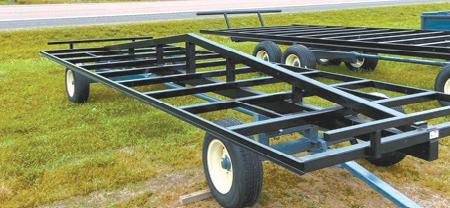

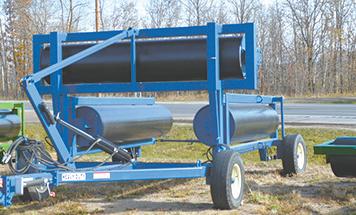
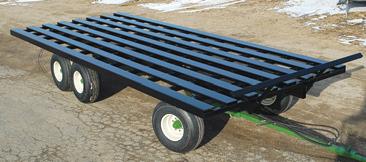






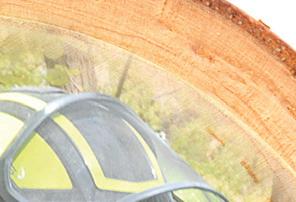



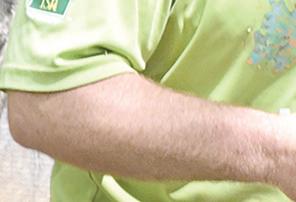

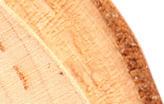
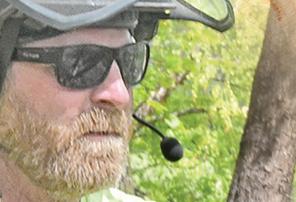

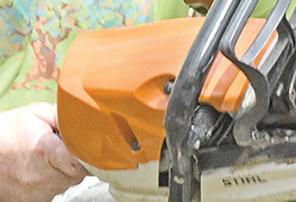










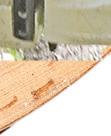
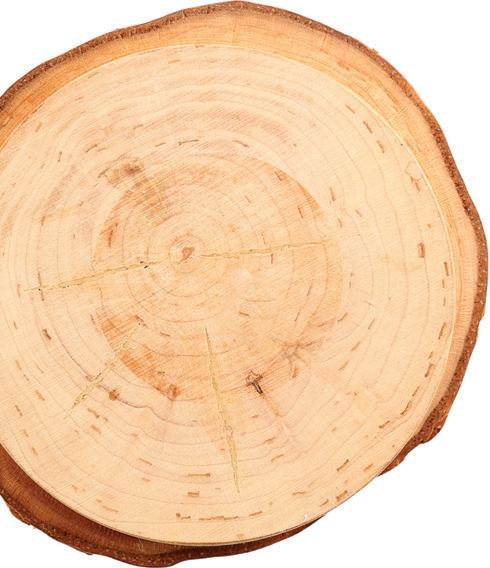



Corey Schultz cuts with a chainsaw May 10 at a yard in Rochester.

The Hoys, who own ArborWise, said their goal is to reduce the need for their services, disseminate information and increase the number of healthy trees.











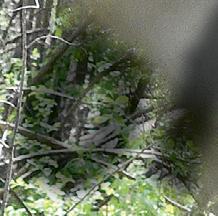


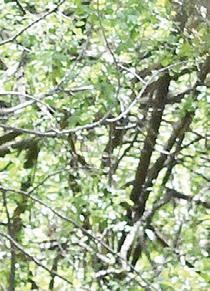


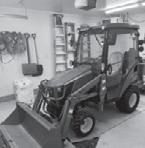

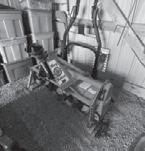
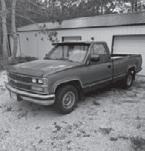





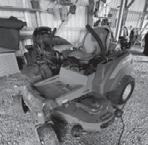







BY AMY KYLLO
BY AMY KYLLO | STAFF WRITER
A passion for trees and philosophy surrounding their importance

to human health and society drives Mitch and Kayli Hoy.
“Not only are trees just absolutely critical for the way that life works for us — because we need air and water — but actually for how we function as human beings,” Mitch said.
The Hoys began Arborwise in 2017. The couple is assisted by six employees and oversee an arborist service offering tree trimming, removal,

stump grinding, tree planting, plant health care and consulting.
Mitch’s philosophy around trees includes their part in human history and migration as well as their ecological effects such as securing fresh water and creating oxygen.
“Connecting the dots or providing those puzzle pieces can bring people back to a childlike sense of awe,” Mitch said. “Once you learn just a few things about how that ecology works, it is just endlessly fascinating.”
His philosophy on the importance of trees includes their effects on human health, something he has seen in his own life. He said interacting with trees each day is important for his daily mental health and function.
“The more that I interact with trees, actually climbing, pruning or even removing them, that for some reason that gives me a lot of focus,” Mitch said. “It makes me feel really alive.”
Kayli said Mitch is not only knowledge-
able, she said he also is able to captivate people when he speaks and story-tells about trees.
“There’s a part of their lives where they think ‘Oh, yeah, l at one point in my life, I remember feeling like this, and I remember how nature made me feel,’” Kayli said.
In their business, the Hoys said they advocate for trees to prevent unnecessary removals, but balance this with a practical perspective.
“We may get a little preachy about it, but we’re not too dogmatic about it either,” Mitch said. “When we do this work, or when we approach these properties, we also definitely are very pragmatic about people’s needs.”
Both Mitch and Kayli are certified arborists, as is one of the members of their staff, and Mitch is an International Society of Arboriculture Board Certified Master Arborist. The Hoys work on trees with a focus on scientific protocols.
Hoy page 19

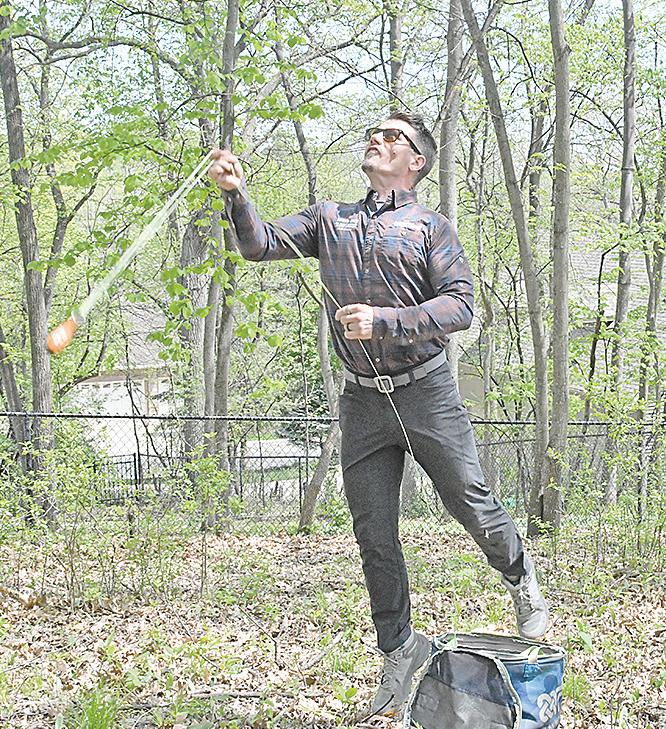
from page 18
“Our overarching mission is to ... reduce the need for our services ... to disseminate knowledge of proper practice and, through both of those efforts, to just increase the amount of healthy trees,” Mitch said.
Mitch started his career in trees working on a tree crew out of college.
“I was just blown away by it,” Mitch said. “It seemed to be this thing that I had always wanted to interact with — especially plants — and engage in the care and stewardship of natural organisms.”
Mitch said much of what he learned during this time working for various tree companies was how not to work on trees.
“The more that I learned specifically about trees, the more obvious it became that proper practices (are) absolutely necessary,” Mitch said. “It became prominent to me that these practices just are not widespread.”
Mitch began to discover that there are certification paths for

working on trees. His increasing knowledge and dissatisfaction with the service in the area inspired him to start Arborwise.
Kayli works alongside Mitch in the business as well as working as a registered nurse. Kayli said she sees dualities between health care and tree care.
“I’m taught to do a thorough assessment and be able to identify signs and symptoms,” Kayli said. “With plant health care then too, it’s the same.”
The Hoys are focused on extending the lifespan of trees. Mitch said many urban trees — which he defines as trees which are growing in places of human habitation, rural or otherwise — often live a fourth of their possible lifespan.
Kayli said that part of reason for reduced lifespan is because many people do not know how to properly care for trees.
The Hoys said proper planting, including planting depth, species and site, and the container the plant has been growing in are all factors for extending life.
Hoy page 20


Wednesday, July 17th (online only) Antique and Collector Tractor Auction for Paul and Bonnie Bauer; Restored tractors all parade ready and moldboard plows to match tractors; Bidding starts opening Saturday, July 6th at 8 am and starts closing Wednesday, July 17th at 10 am (Maring)
Thursday, July 18th(online only) Kermit and Carol Heide Moving Auction; Exceptionally clean and well cared for collection of Farmall tractors, trailers, mowers, power tools, hand tools, lawn and garden equipment and a collection of oil cans and tractor signs. Bidding starts opening Monday, July 8th at 10 am and starts closing Thursday, July 18th at 10 am (Hamilton)
Thursday, July 18th (online only) Keith and Kathy Steinkamp Auction; John Deere compact utility tractor, loader, Chevy pickup, Hyundai Sonata car, Husqvarna lawn mower and a nice lineup of clean woodworking power tools and hand tools. Bidding starts opening Monday, July 8th at 10 am and starts closing Thursday, July 18th at 2 pm. (Hamilton)
Friday, July 19th (live & online) Retirement/Moving Auction for Geno and Sue Peterson; Selling tractors, balers, skid loader and attachments, lawn and garden equipment, power and hand tools, firearms and household items. Bidding starts opening Friday, July 19th at 10 am. Located near Nerstrand (Maring)
Monday, July 22nd (online only) Estate Auction for the John Kingsbury Estate; Seling trailer, skid loader, skid loader attachments, saws, power and hand tools and lawn and garden equipment. Bidding starts opening Saturday, July 13th at 8 am and starts closing Monday, July 22nd at 10 am (Maring)
Wednesday, July 24th (online only) Leff Brothers Farm Retirement Auction; Shop related items including power tools, hand tools, air compressors, welders and misc shop equipment. Bidding starts opening Thursday, July 18th at 10 am and starts closing, Wednesday, July 24th at 9 am (Hamilton)
Thursday, July 25th (live & online) Leff Brothers Farm Retirement Auction; Day 2 includes tractors, farm machinery, skid loaders, trucks, trailers and vehicles. Bidding starts opening Thursday, July 25th at 9 am. Located near Riceville, IA (Hamilton)
Friday, July 26th (live & online) Farm Retirement Auction for The Johnson Brothers; Meticulously maintained and like-new farm machinery for sale; tractors, combine, combine heads, grain trailers, grain cart, planter and other implements. Bidding starts opening Friday, July 26 at 10 am. Located near Owatonna (Maring)
Sunday, July 28th (online only) 8 Acre Country Building Site Real Estate Auction for Pat Overend; 4 bedroom 2 bath home with 3 car attached garage. Income producing 2nd rental home on property and great shops/sheds. Located on a hard surface road just north of Byron and south of Pine Island on County Road 5. Bidding starts opening Thursday, July 18th at 8 am and starts closing Sunday, July 28th at 3 pm. (Maring)
Tuesday, July 30th (online only) Large 50+ Year Collection of Collector Tractors from Ken Wilder Estate and Mark (Blue) Wilder; collection of 175+vintage collector tractors, tractor parts, weights and accessories. Bidding starts opening Saturday, July 20th at 8 am and starts closing Tuesday, July 30th at 9 am (Maring)
Thursday, August 1st (online only) Pre-Harvest Area Farmers Consignment Auction; Advertising deadline Monday, July 8th Equipment must be on the lot no later than Monday, July 22nd; bidding starts opening Tuesday, July 23rd at 10 am and starts closing Thursday, August 1st at 10 am (Hamilton)
Friday, August 2nd (live and online) Retirement Auction for Jeff and Karen Davidson; Tractors, combine, grain trailers, planter, tillage equipment and farm support equipment. Bidding starts Friday, August 2nd at 10 am. Located near Kenyon (Maring)






Saturday, August 10th (live and online) Pre-Harvest Area Farmers Consignment Auction; Advertising deadline Tuesday, July 9th; Accepting consignments July 30th - August 7th (Not accepting consignments on Sundays) Bidding starts opening Saturday, August 10th at 8:30 am (Maring)
Saturday, August 17th (live & online) Clean Farm Retirement Auction for Gerald and Karen Puppe; Tractors, haying equipment, wagons, trailers, cultivators, livestock equipment and other farm support equipment. Bidding starts opening Saturday, August 17th at 9:30 am; Located near Goodhue (Maring)
Tuesday, August 20th (online only) Farm Retirement Auction for Jason Kruggel; Sprayer and spray tender equipment, manure tanker and pumps, grain dryer, semi, augers, tillage equipment and farm support equipment. Bidding starts opening Sunday, August 11th at 8 am and starts closing Tuesday, August 20th at 10 am. (Maring) Tuesday, August 20th (online only) Farm Retirement Auction for Myron (Pete) and Nancy Danielson; John Deere and Ford tractors, cultivator, disk, mower, chisel plow and haybine. Bidding starts opening Friday, August 9th at 10 am and starts closing Tuesday, August 20th at 9 am. (Hamilton)
Sunday, August 25th (online only) Firearms, Ammo, Decoys, Hunting and Beer Sign Collection Auction; 75+ firearms, 200+ lots of ammo, hunting related items, coins and paper money, 300+ lots of beer signs, memorabilia and much more. Bidding starts opening Friday, August 16th at 8 am and starts closing Sunday, August 25th at 3 pm. (Maring)
Tuesday, August 27th (online only) Clean Farm Retirement Auction for Ronald Weyhrauch; International tractors and combine, corn and bean head, Brent wagon, stalk chopper, International planter, cultivator and chisel plow, fuel barrel, welder, tools and farm support equipment. Bidding starts opening Saturday, August 17th at 8 am and starts closing Tuesday, August 27th at 10 am. (Maring) Sunday, September 1st (online only) Annual Labor Day Auction; Hobby and antique farm equipment, attachments, shop tools, farm items, lumber and more. Advertising deadline Friday, August 2nd; Bidding starts opening Friday, August 23rd at 10 am and starts closing Sunday, September 1st at 9 am (Hamilton) Monday, September 2nd (live & online) Annual Labor Day Auction; Farm machinery, construction equipment, semis, trucks, trailers, vehicles and more. Advertising deadline Friday, August 2nd. Online bidding starts opening Friday, August 23rd 10 am and Live Auction starts Monday, September 2nd at 9 am (Hamilton) Tuesday, September 17th (online only) Farm and Household Auction for Jim and Liz Foss; Tractors, skid loader, livestock and flatbed trailers, livestock feeders and gates, tools,






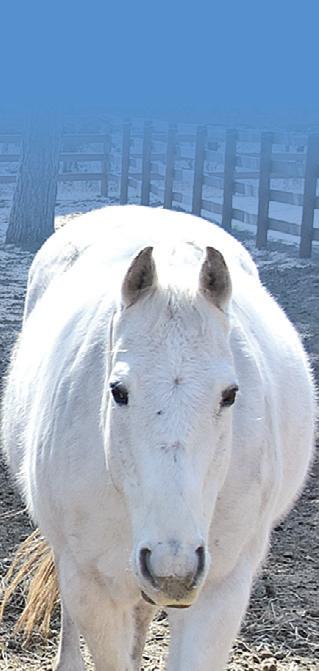






BY EMILY BRETH | STAFF WRITER
ROCHESTER — Kari Krus, owner of horses, chickens, cats and dogs, turned to Facebook to find a sitter for her animals.
“We’ve only left once since we got the horses about 18 months ago, because it was complicated to explain the horse care to our house sitter,” Krus said. “We need to find someone new we are comfortable with. It’s really hard to get away.”
During her search, Krus was directed to the MN Farm Sitters Network group on Facebook.
“I joined a (different) group for buying and selling hay or horse supplies, and I saw it advertised because of my membership with that group,” Krus said.
MN Farm Sitters Network was formed by Lana Plash-





chynskaya and Nicole Brandtner and is comprised of more than 1,100 members. It is a place where sitters and those looking for care for their animals can connect.
People post for care of everything from horses and cows to llamas, alpacas, goats, ducks, donkeys, sheep, pigs and small animals such as hamsters and reptiles.
“Nicole already had a fulltime job pet sitting,” Plashchynskaya said. “We started it as a way to help people because we saw a dire need for people to have help, especially for the people who have a lot of animals and can’t get away as much.”
The pair also know how expensive it is to board animals along with keeping up with regulations put into place by the boarding














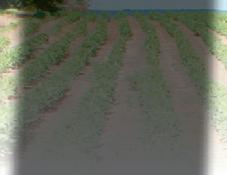





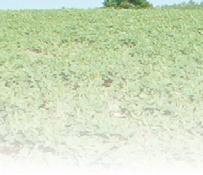


























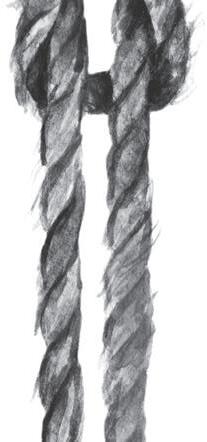











facilities.
“Lana wanted to push for it because she enjoys pet sitting too,” Brandtner said. “Then, we could help each other out.”
Brandtner is a prior veterinarian technician.
“This gets me around animals,” Brandtner said. “I love the animals and enjoy the feeling when clients know that their animals are going to be taken care of and in a good manner. My moto has always been, ‘I’ll treat your pet like they are mine.’”
Brandtner and Plashchynskaya care for a variety of animals.
“I always buy snacks for the animals, but I’ll ask the owners first,” Brandtner said. “I do nail trims for free. I’ll stay extra days. I shovel driveways if it snows, and I’ll bring the garbage down. When there are horses, the kids come out and feed them too.”
Plashchynskaya raises horses, chickens, dogs and cats and also works with a nearby cattle ranch.
“I just get the satisfaction of being able to lead a hand,” Plashchynskaya said. “I’m not opposed to helping where I need to,





























































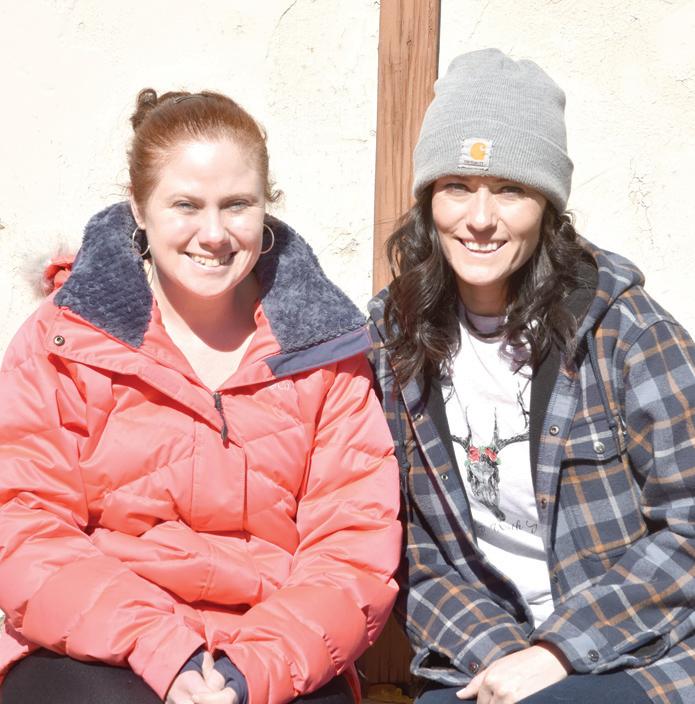








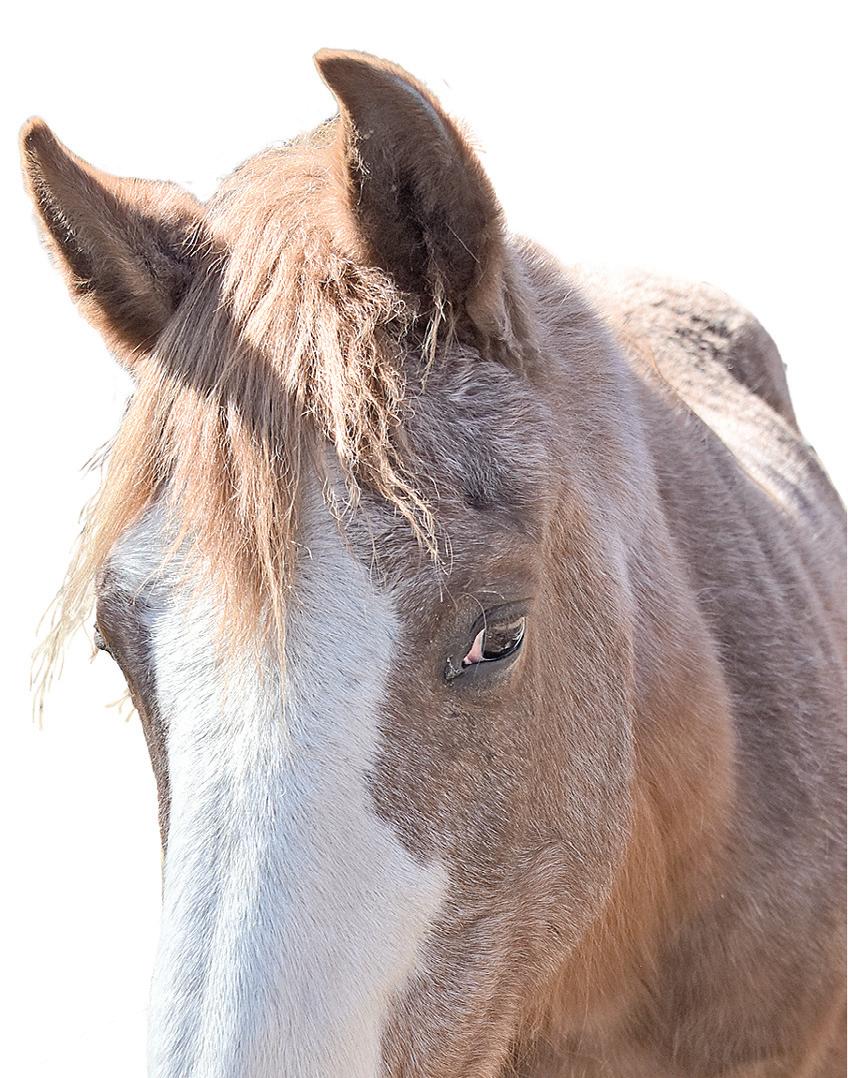

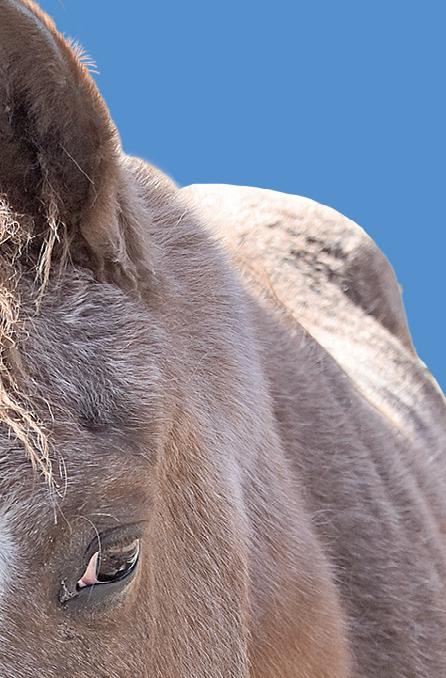



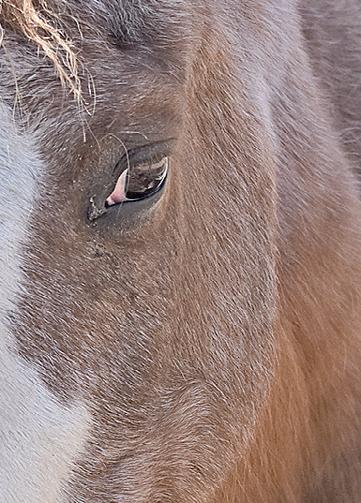

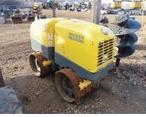

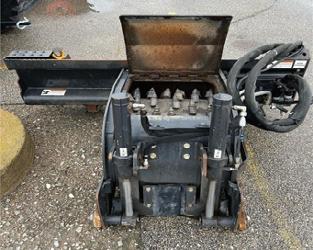
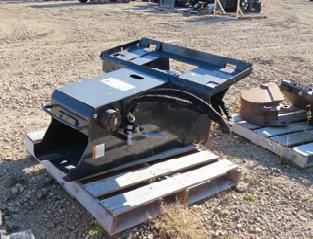

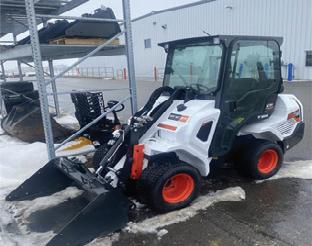











After years of searching for the perfect home that fits their needs or would be excited to renovate, John and Nancy decided to build! Around that same time, they attended the Eagle Bluff Environmental Learning Center’s presentation about the Passive House movement – an exceptionally rigorous building standard that results in a home which, using the latest technologies, has the smallest carbon footprint currently possible.
The concept hit home. John says he doesn’t consider himself an “environmentalist” per se; he just believes in living within his means.


“We believe in energy conservation. We believe in protecting our valuable non-renewable resources. But we’re also big believers in electricity and living the lifestyle we’ve come to know within reason, but just to do it more efficiently and more economically.”
To see more testimonials visit us at www.solarconnectioninc.com













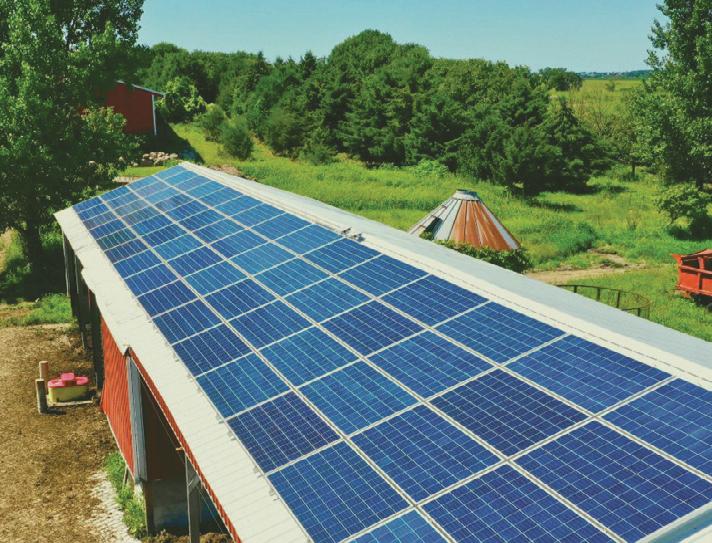



















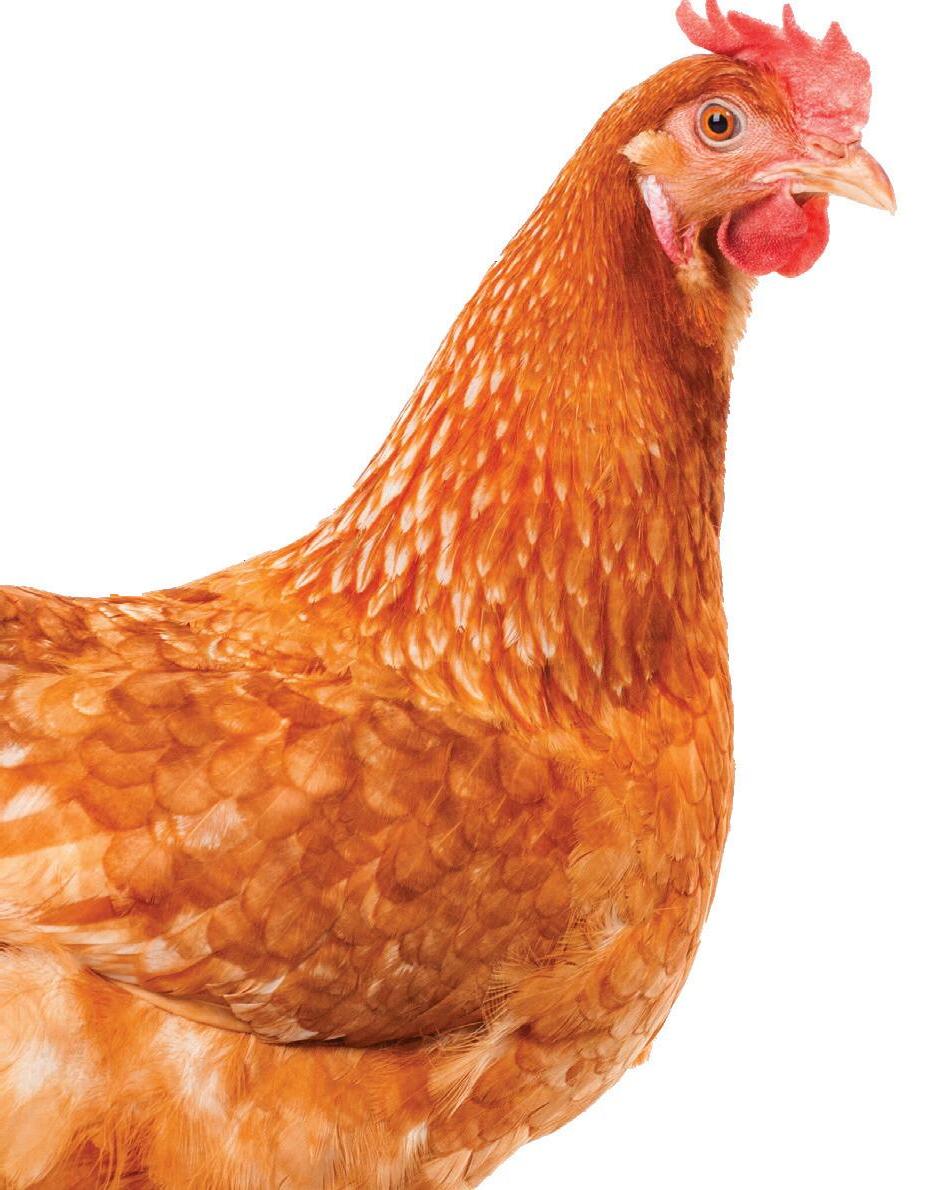
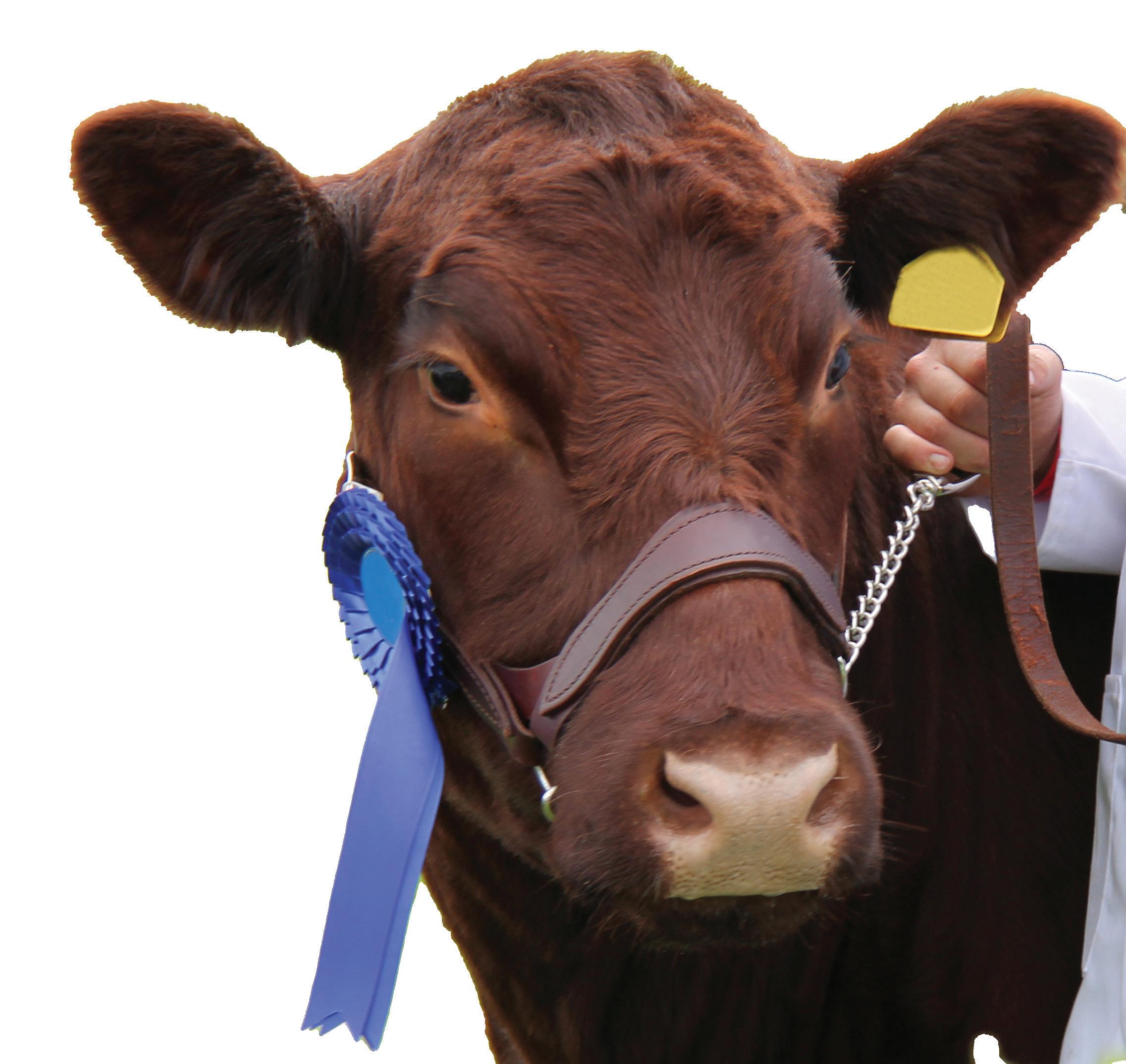
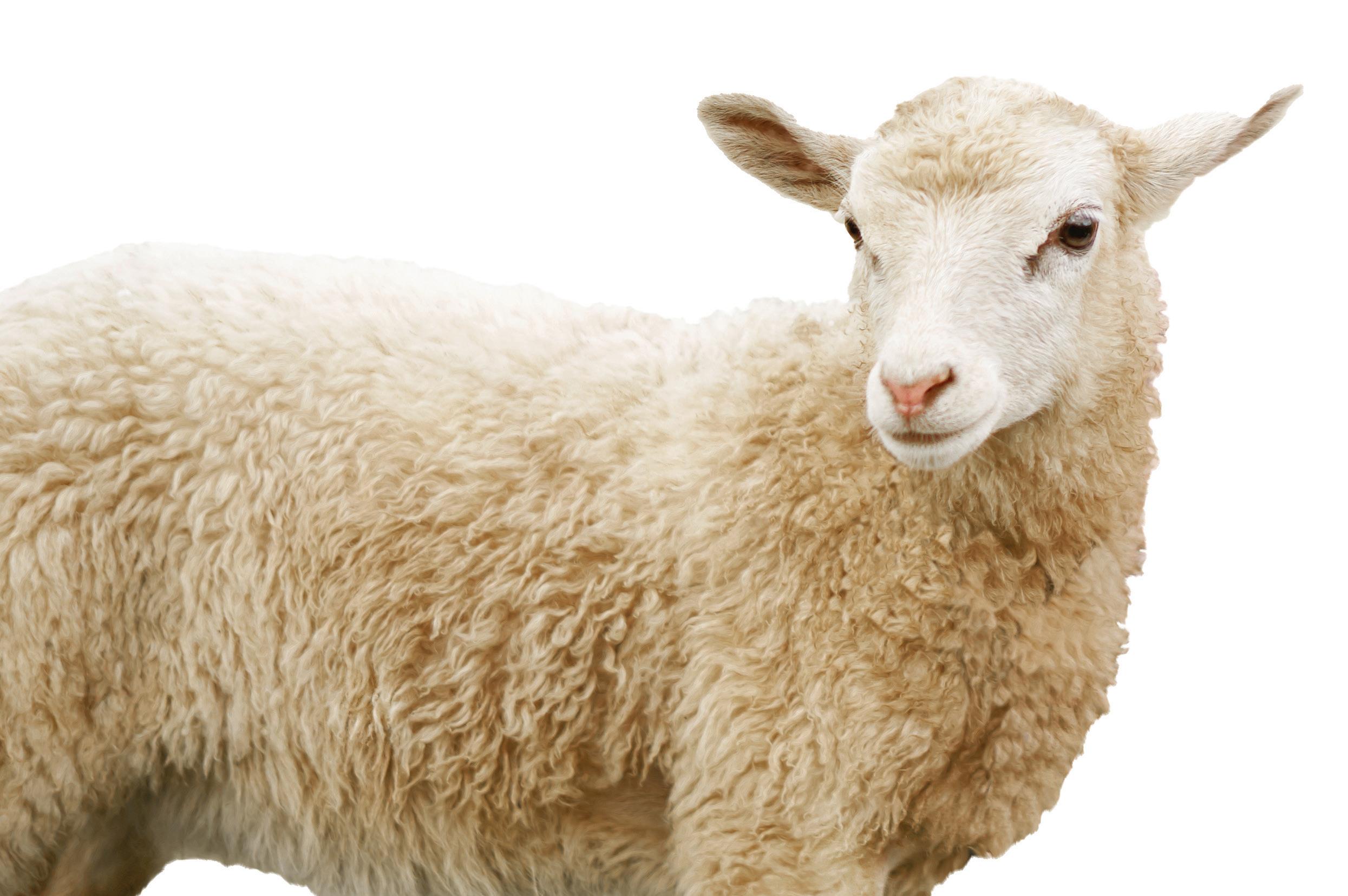































































































































































































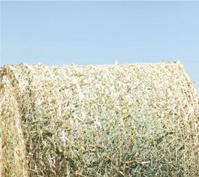
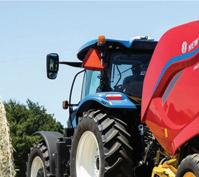
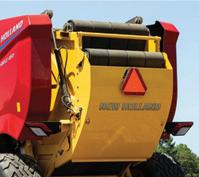





































































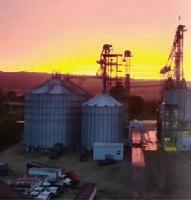






















































































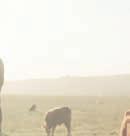





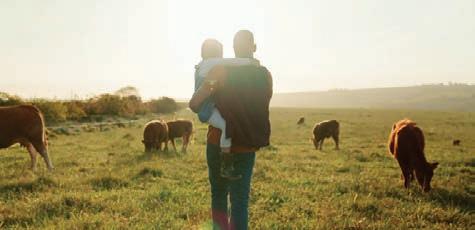









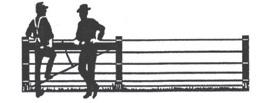














































































































































































































































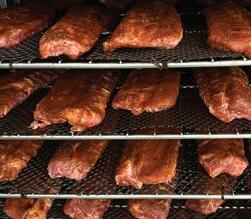



















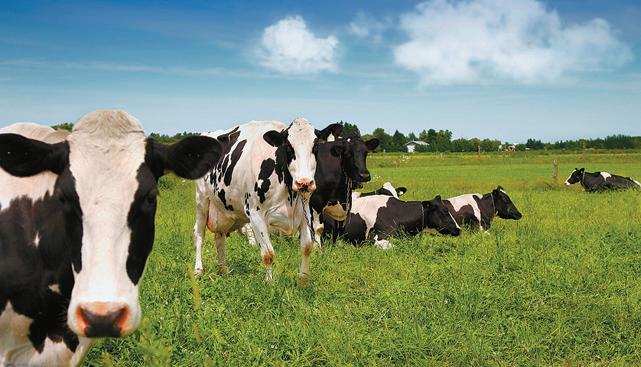


Wednesday, July 10
Gayle B. Goetzman-Stolpa Day
Livestock judging




Noon All open class and 4-H livestock and rabbits to be in place
2 pm 4-H horse judging - Games Horse Arena
6 pm 4-H dairy judging contest
6:30 pm 4-H swine show - Small Arena
Entertainment tent
7 pm Square dancing (Kaleidoscope Squares)
Other Activities
Public safety day - front parking lot
Noon – 4 pm Park Knitters
Noon – 9 pm Exhibit building hours
4 pm Flag raising ceremony
5 pm Midway opens
7 pm Gopher State Garden Tractor Pull
Thursday, July 11
Shirley Francis Day
Livestock judging
8 am 4-H beef show - Large Arena
8:30 am 4-H dairy goat judging - Small Arena
10 am – 7 pm Rural Heritage Museum
Noon – 10 pm Exhibit building hours
1 pm 4-H dairy steer show - Large Arena
3 pm 4-H goat judging - Small Arena
6 pm 4-H lamb lead and fleece
- west side of Large Arena
Friday, July 12
David Schwantz Day
Livestock judging
8:30 am 4-H dairy cattle show - Large Arena
9 am 4-H poultry show followed by open class poultry show - Small Arena
1 pm 4-H rabbit show followed by open class rabbit show - Small Arena
Entertainment tent 10 am Day care day (pre-registration required)
4 pm Pedal pull
7 pm Music by Gate City Jazz Band
Other activities
TBA Chainsaw artist 10 am – 7 pm Rural Heritage Museum
Noon Midway opens
Noon – 4 pm Park Knitters
Noon – 5 pm Chair caning, Wanda Hanson
Noon – 10 pm Exhibit building hours
1 pm Lisa Douglas, Rock painting Zentangle demonstration
5 pm – 9 pm Bingo
6 pm The Peterson Farm Brothers presentation – Small Judging Arena
7 pm Tri-State Truck and Tractor Pull
Saturday, July 13









6:15 pm 4-H sheep show - Large Arena
Entertainment Tent
10 am Winona County Soil and Water
- Conservation District meeting
2 pm Recognition program
(Fair king and queen, Masonic presentation, Outstanding Senior Citizens, Hall of Fame, Winona County Farm Family of the Year, SWCS Outstanding Conservationist, Century Farm recognition)
6 pm Music by Brad Boice
8:15 pm Music by Eric Ebert
Other Activities


















TBA Chainsaw artist
Noon Midway opens
Noon – 4 pm Park Knitters
Noon – 5 pm Chair caning, Wanda Hanson
12:30 pm Antique tractor parade
1 pm Water color pencils, Lisa Douglas
5 pm – 9 pm Bingo
6 pm Classic tractor pull












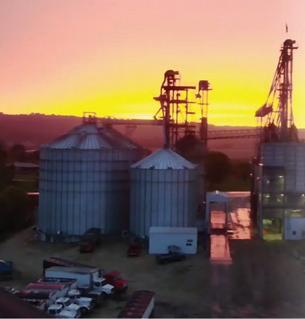



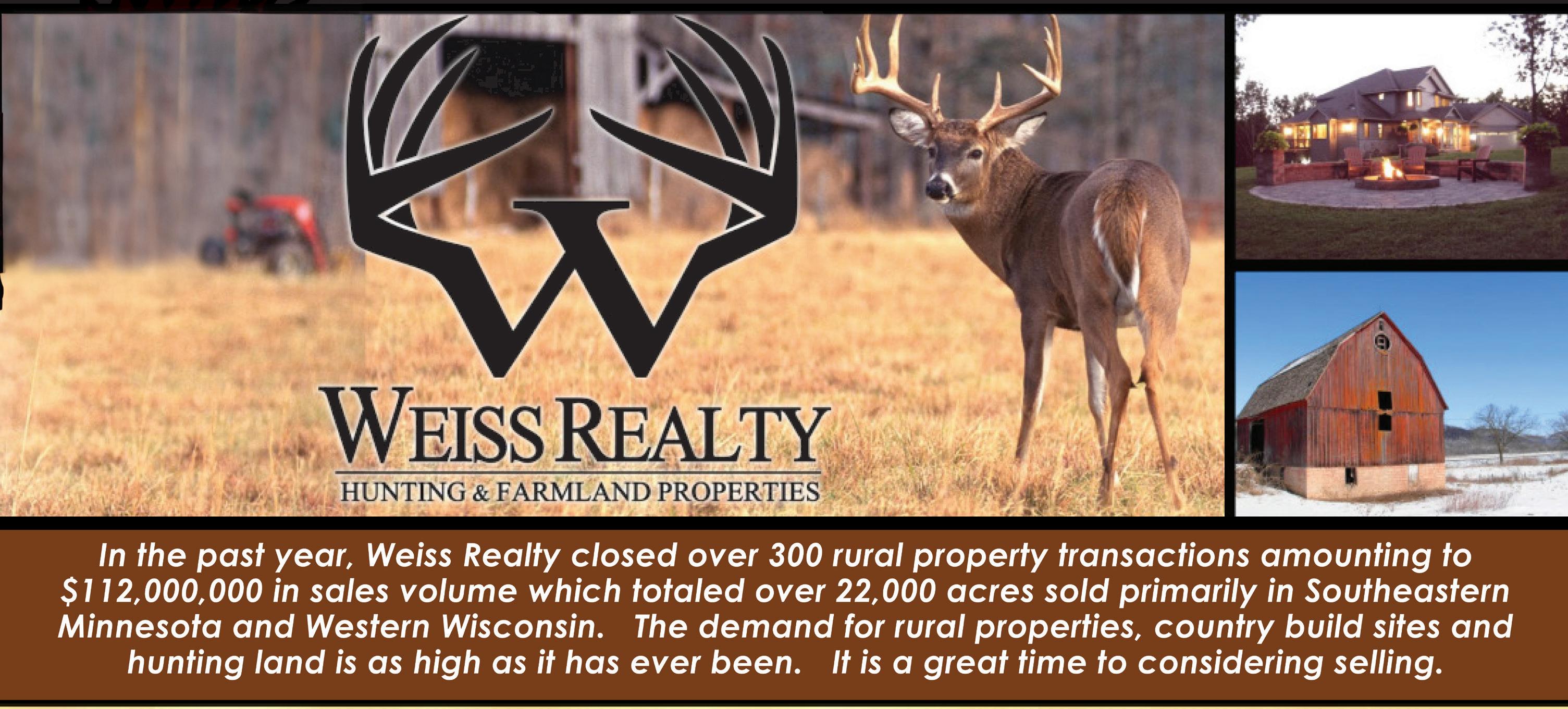
Houston Co. - 140 Acres - $899,000 - Sold
Fillmore Co. -
Acres - $1,700,000 - Sold
Fillmore Co. - 309 Acres - $1,400,000 - Sold
Houston Co. - 21.5 Acre Farm w/Home - $599,000 - Sold

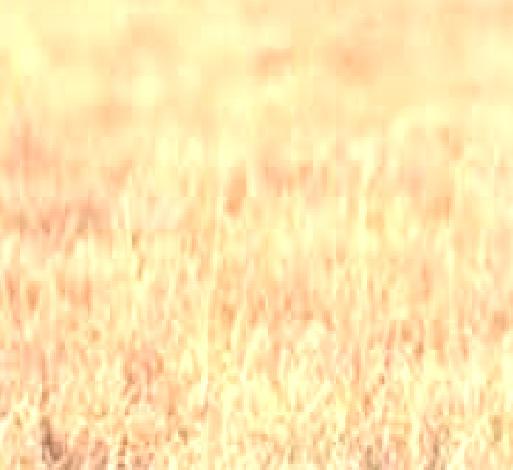
Houston Co. - 60 Acres - $300,000 - Sold Houston Co. - 78 Acres w/Home - $675,000 - Sold
Houston Co. - 160 Acre Farm w/Home - $1,250,000 - Sold
Goodhue Co. - 7 Acres w/Cabin - $94,000 - Sold
Goodhue Co. - 55 Acres w/Home - $1,390,000 - Sold
Olmsted Co. - 47 Acres w/Home - $975,000 - Sold
Olmsted Co. - 88 Acres - $825,000 - Pending
Olmsted Co. - 90 Acres - $693,000 - Sold
Olmsted Co. - 200 Acres - $1,050,000 - Sold
Wabasha Co. - .2 Acre Lot - $17,000 - Sold
Wabasha Co. - 40.41 Acres - $179,900 - Sold
Wabasha Co. - 81.51 Acres - $199,000 - Sold
Winona Co. - Waterfront Cabin - $349,000 - Pending
Winona Co. - .149 Acres w/Home - $195,000 - Sold
Winona Co. - .5 Acres w/Home - $650,000 - Reduced
Co. - 4.29 Acres w/Home - $550,000 - Sold
Co. - 7 Acres w/Log Home - $595,000 - Reduced
Co. - 10 Acres w/Home - $599,900 - Sold Winona Co. - 20 Acres - $150,000 - Active
Winona Co. - 25 Acres - $279,000 - Reduced
Winona Co. - 28 Acres - $172,000 - Sold
Winona Co. - 30 Acres - $165,000 - Sold
Winona Co. - 32.69 Acres - $139,500 - Sold
Winona Co. - 40 Acres w/Home - $799,900 - Sold
Winona Co. - 43.24 Acres - $235,000 - Sold
Winona Co. - 51 Acres w/Home - $599,000 - Sold
Winona Co. - 71 Acres - $599,000 - Pending
Winona Co. - 85 Acres - $679,000 - Active
Winona Co. - 202.43 Acres - $1,114,000 - Sold
Winona Co. - 280 Acres - $1,560,000 - Sold
